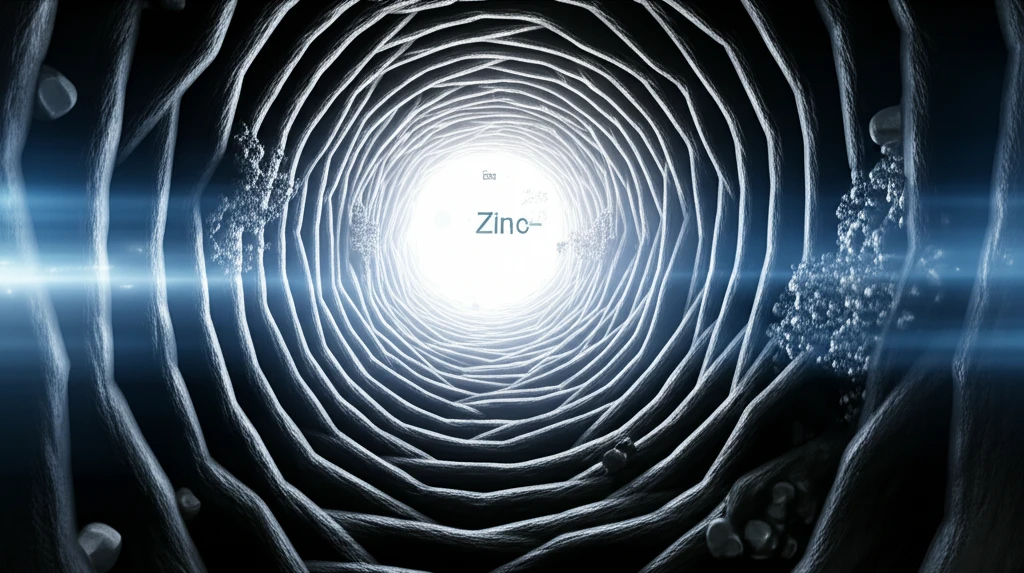
Zinc No More: How Nanotechnology is Revolutionizing Water Purification
"Discover how modified carbon nanotubes are offering a sustainable and efficient solution for removing zinc from our water systems, ensuring cleaner and safer water for all."
Access to clean and safe drinking water is an increasingly urgent global challenge. Traditional water treatment methods often struggle to efficiently remove heavy metal contaminants like zinc, leading to potential health risks and environmental damage. But, imagine a world where nanotechnology offers a powerful solution, efficiently filtering out these harmful substances and ensuring cleaner water for communities everywhere.
Zinc, while essential in trace amounts for human health, becomes a threat when present in excessive quantities in our water supply. Industrial processes, agricultural runoff, and even household products contribute to zinc contamination, posing toxicity risks to both humans and aquatic life. Traditional methods often fall short in effectively removing this pollutant.
Enter the world of nanotechnology, where scientists are engineering innovative solutions at the molecular level. Recent research explores the use of modified carbon nanotubes (CNTs) to create advanced filtration membranes. These membranes offer a promising avenue for selectively removing zinc and other heavy metals from water sources, providing a sustainable and cost-effective alternative to conventional treatments.
The Science Behind Nanotube Water Filters: How Do They Work?

The study highlights the development of functionalized multi-walled carbon nanotubes (f-MWCNTs) integrated into polyvinylchloride (PVC) membranes. These f-MWCNTs are modified with hydroxyl and carboxyl groups, enhancing their ability to capture zinc ions (Zn2+) through a process called surface complexation. The membranes act as both a physical barrier and a chemical absorbent, ensuring high removal rates of zinc from both synthetic and real-world wastewater samples.
- Functionalization of Carbon Nanotubes: The process begins by modifying carbon nanotubes with hydroxyl (-OH) and carboxyl (-COOH) groups. This modification increases the nanotubes' affinity for binding with zinc ions.
- Membrane Fabrication: The modified nanotubes are then incorporated into a PVC hollow fiber membrane. This membrane acts as a structural support and filtration medium.
- Adsorption Process: As water passes through the membrane, zinc ions are attracted to the surface of the nanotubes. The hydroxyl and carboxyl groups on the nanotubes chemically bind with the zinc ions, effectively removing them from the water.
- Dynamic Filtration: This process combines physical filtration with chemical adsorption, enhancing the overall efficiency of zinc removal.
- Surface Complexation: The primary mechanism involves the formation of complexes between the zinc ions and the functional groups on the nanotube surface, ensuring strong and stable binding.
The Future of Clean Water is Here
The development of these advanced f-CNT membranes represents a significant leap forward in water purification technology. By offering a highly efficient, cost-effective, and sustainable method for removing zinc and other heavy metals, this innovation promises to transform water treatment processes worldwide. As we face increasing challenges in water quality, nanotechnology provides a beacon of hope for ensuring access to clean and safe water for all.
